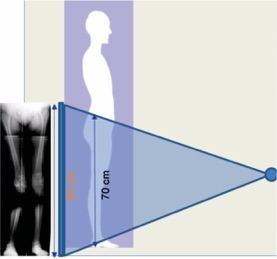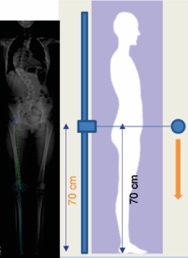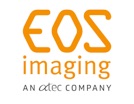EOS imaging develops advanced x-ray imaging and image-based solutions for musculoskeletal pathologies and orthopaedic surgery, enabling healthcare facilities to provide higher standards of care for orthopaedic conditions impacting the spine and lower limbs.
How does it work?
EOS imaging systems are able to perform imaging of up to the whole body in a very simple and reproducible way. Frontal and lateral digital images up to maximum 175x45cm are obtained simultaneously. X-rays are emitted through a very small slot while the detector also moves during the scan.
Learn More About EOS:
1. Comparison of radiation dose, patient comfort and financial break-even of standard digital radiography and a novel biplanar low-dose x-ray system for upright full-length lower limb and whole spine radiography. Dietrich TJ et al. Skeletal Radiol. 2013
2. Diagnostic imaging of spinal deformities: reducing patient’s radiation dose with a new slot-scanning x-ray imager. Deschenes S. et al. Spine. 2010
3. Ionizing radiation doses during lower limb torsion and anteversion measurements by EOS stereoradiography and computed tomography. Delin C. et al. Eur J Radiolo. 2013
4. EOS microdose protocol for the radiological follow-up of adolescent idiopathic scoliosis. Ilharreborde B. et al. Eur Spine J. 2015
5. 80% overall radiation reduction compared to the same acquisition without Felx Dose for patients with a BMI < 25. Data on file.
6. Comparison of radiation dose, patient comfort and financial break-even of standard digital radiography and a novel biplanar low-dose x-ray system for upright full-length lower limb and whole spine radiography. Dietrich TJ et al. Skeletal Radiol. 2013
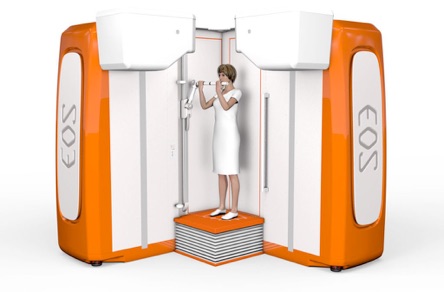
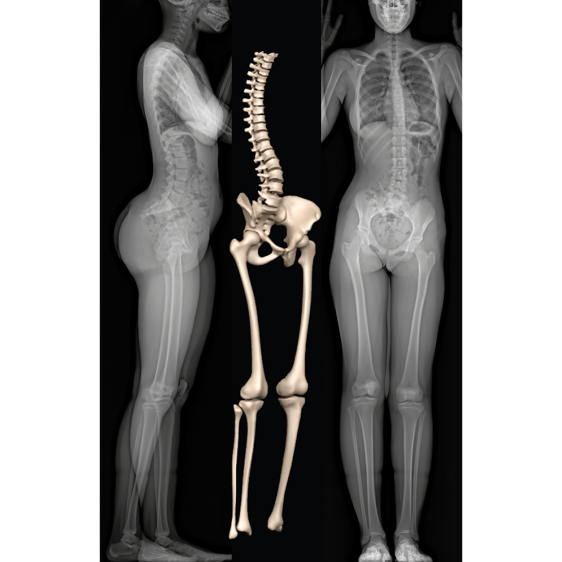
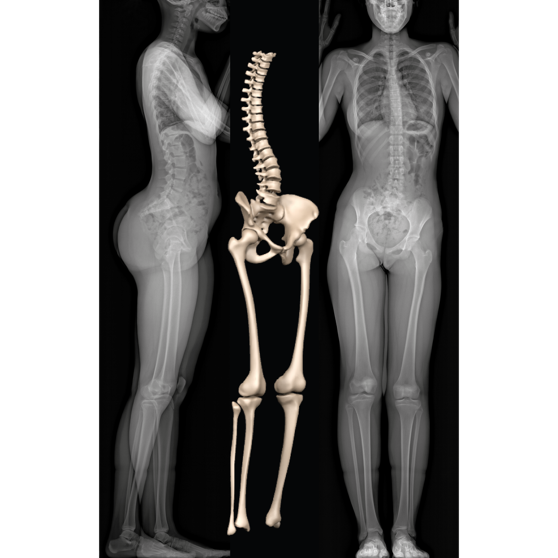
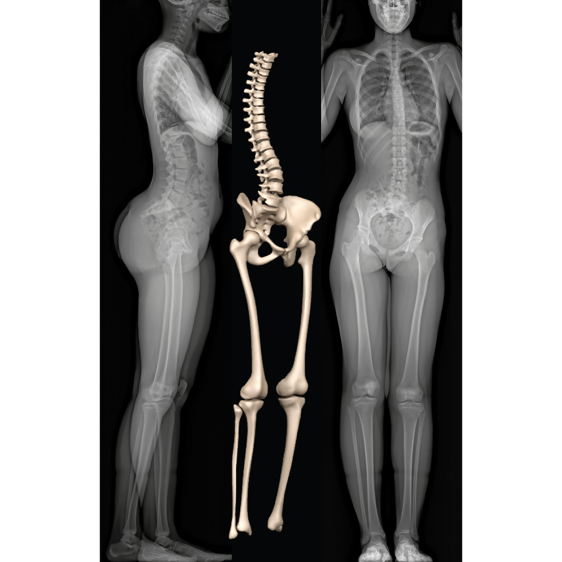
Benefits of an EOS system include:
-
✦ Weight-bearing images
-
✦ Simultaneous frontal and lateral image acquisition, standing or seated
-
✦ Life-size, up to full-body images
-
✦ Precise, 1:1 measurements, with no stitching of images
-
✦ Shows accurate relationships between neck, spine, hips and knees
-
✦ Low dose
-
✦ 50% lower compared to a digital radiography (X-ray) scans1
-
✦ 85% lower compared to computed radiography (CR) scans2
-
✦ 95% lower compared to computed topography (CT) scans3
-
✦The Micro Dose option, delivers a radiation dose equivalent to one week of natural radiation on Earth.4
-
✦The EOSedge also incorporates Flex DoseTM, providing mA modulation along the scan which can result in a further 80% radiation reduction.5
-
✦ Excellent image quality
-
✦ Integrated 3D software provides clinical parameters, and aims to support clinicians in the assessment of musculoskeletal pathologies and in identification of treatment options
The entire medical exam typically lasts less than 4 minutes6. A spine or lower limb scan normally takes around
10 seconds, while a full body scan takes around 20 seconds.

EOS Systems are general purpose x-ray systems. These products are not available for purchase by the general public. Always follow the directions for use.
Surgicom Pty Ltd Unit 8, 41-43 Higginbotham Rd, Gladesville, NSW, 2111, Australia. Ph. +61 2 9809 7234

